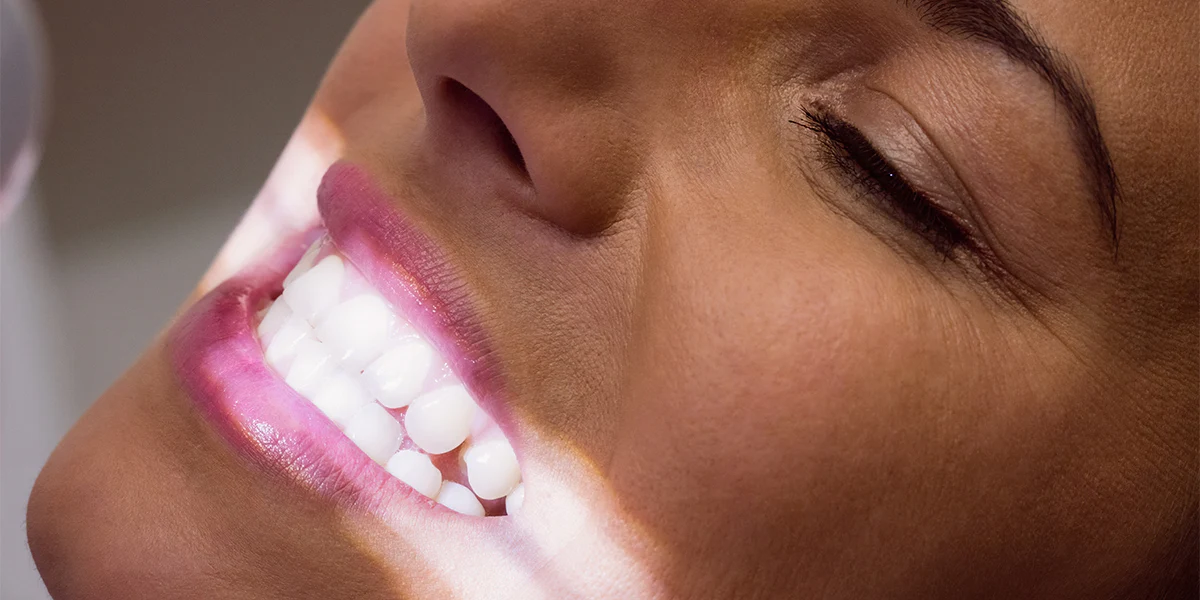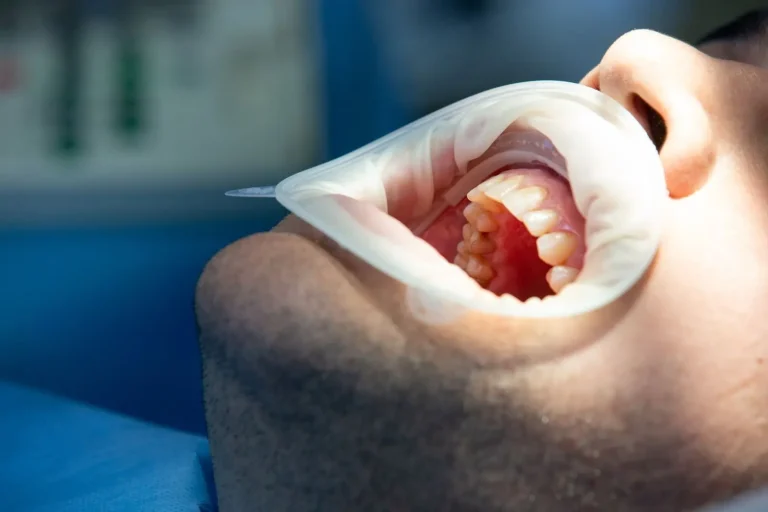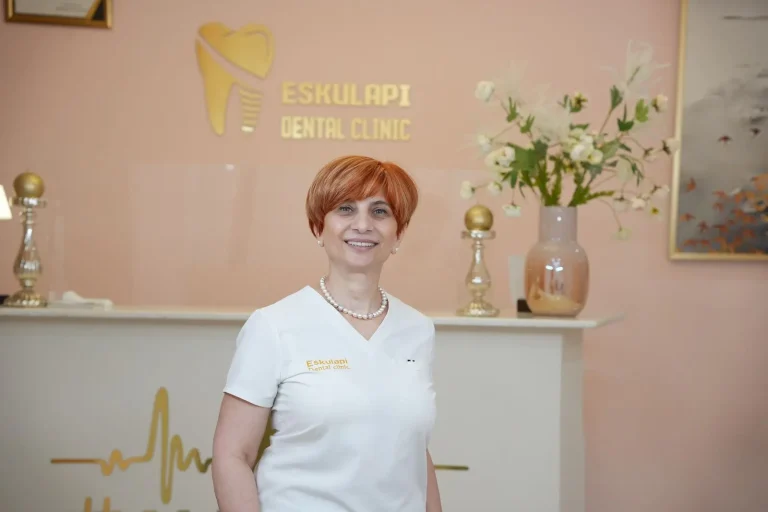One of the most common questions doctors at Aesculapius receive from patients is the difference between zirconia teeth and metal-ceramic teeth. Both are very popular restoration options, but each has its unique features, advantages, and limitations.
In this blog post, we’ll explain what zirconia and metal-ceramic teeth are, compare their characteristics, and help you make an informed decision about which option is best for your dental needs.
What Are Zirconia Teeth?
Zirconia teeth are made from zirconium dioxide, a strong and durable ceramic material. Zirconia is known for its strength, biocompatibility, and natural aesthetic qualities.
Zirconia crowns are often referred to as “monolithic” crowns due to their solid structure. They are commonly used for full crowns, bridges, and in some cases, dental implants.
Key Features of Zirconia Teeth:
Strength and durability: Zirconia is one of the strongest materials used in dentistry.
Aesthetic appeal: Although not as translucent as porcelain, zirconia still provides a very natural appearance. Recent advancements in zirconia technology have improved its ability to mimic natural teeth.
Biocompatibility: Zirconia is biocompatible, meaning it’s less likely to cause irritation or allergic reactions in the gums or surrounding tissues.
Color stability: Zirconia crowns do not change color, which means they will retain their original shade over time—even with regular consumption of coffee, tea, or other staining substances.
When Should You Choose Zirconia Teeth?
- Biocompatibility – Zirconia teeth blend with the soft tissues of the oral cavity like natural teeth and do not irritate the gums.
- Zirconium dioxide, like porcelain, is hypoallergenic, which eliminates the risk of allergic reactions after placement.
- Crowns made from zirconium dioxide (zirconia teeth, also known as porcelain and/or ceramic teeth) are highly aesthetic – they have the natural tooth-like color and shine.
What Are Metal-Ceramic Teeth?
Despite many available options, metal-ceramic tooth restoration remains one of the most popular methods among both patients and dentists.
Metal-ceramic crowns fit over the tooth like a “cap.” After the tooth is prepared, the crown is placed over the remaining tooth root. The structure of a metal-ceramic prosthesis consists of a metal base, which is then covered with porcelain for improved aesthetics and functionality.
The prosthesis completely replicates the natural contour of a tooth and harmoniously integrates into the patient’s dental arch. Dentists use special dental materials to secure the artificial metal-ceramic crown onto the tooth.
Key Features of Metal-Ceramic Teeth:
Aesthetic properties: The porcelain layer allows the crown to resemble natural teeth. However, unlike zirconia, these crowns may lack the same level of translucency—especially near the gum line.
Affordable cost: Metal-ceramic crowns are generally more affordable than zirconia crowns, making them a more attractive option for patients seeking a cost-effective dental restoration.
Potential gum irritation: In some cases, the metal base can cause gum irritation, especially if the gum line recedes over time.
When to Choose Metal-Ceramic Teeth:
- If you need strong and durable restorations for back teeth (molars or premolars).
- If cost is a significant factor in your decision-making process.
- If you want a reliable material for both aesthetics and functionality.
At Aesculapius, the price of metal-ceramic crowns and veneers is quite budget-friendly compared to other options on the market. For more detailed pricing, message us on our Facebook page or call us:





